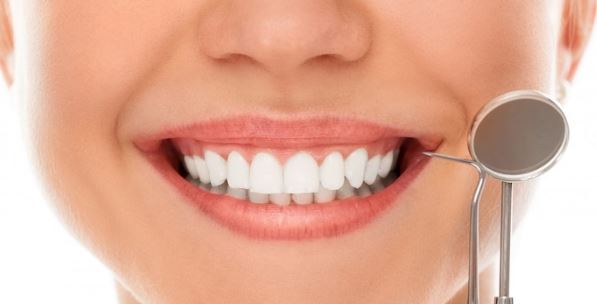Periodontal Care: What is Oral Maintenance and How Often Should We Do It?
 The frequency of periodontal maintenance visits is determined by the severity of periodontal disease and the patient’s health. The general dentist and periodontist usually work out a plan of care that entails periodic maintenance visits. The period between visits may vary from every few weeks to six months, depending on the severity of periodontal disease and the patient’s commitment to good oral care at home.
The frequency of periodontal maintenance visits is determined by the severity of periodontal disease and the patient’s health. The general dentist and periodontist usually work out a plan of care that entails periodic maintenance visits. The period between visits may vary from every few weeks to six months, depending on the severity of periodontal disease and the patient’s commitment to good oral care at home.
Periodontal maintenance
Periodontal maintenance or oral maintenance Plainview, NY is important for several reasons, including preventing periodontal disease. Periodontal disease can be quite painful and lead to other health issues, including the loss of teeth. Therefore, regular cleanings should be done at least twice a year, and a periodontist can prescribe certain medications that can help reduce the risk of infection or tooth sensitivity. The frequency of these cleanings will depend on the severity of periodontal disease and the patient’s commitment.
Periodontal maintenance involves periodic cleanings that remove bacterial plaque and tartar. These cleanings are painless and usually last about an hour. They are also an opportunity to assess your overall health and monitor any signs of oral cancer. Periodontal maintenance visits are typically performed by a periodontist and a general dentist and allow the dental team to monitor the health of the gingival tissues.
Daily oral hygiene
Daily oral hygiene maintenance is vital for the health of your teeth and gums. Many products on the market can help you keep your smile healthy and your mouth free from disease. But some tools stand out above the rest. Here are some of them. You can use them at home or in the office to keep your teeth and gums healthy.
Floss, interdental brushes, and water floss are great tools for cleaning between teeth. These can help remove dental plaque and prevent dental infections. Brushing your teeth at least twice a day is also helpful in eliminating bad breath and plaque. While it may not seem like a lot, daily oral care can go a long way toward keeping you smiling and giving yourself the confidence that comes with it.
Interdental cleaning
Interdental cleaning is a vital part of oral maintenance. It removes interproximal plaque and debris between teeth, which can cause gum disease. It is also effective at reducing the risk of tooth decay. In an observational study, people who cleaned their interdental areas had fewer dental problems despite several risk factors for periodontitis, including lower socioeconomic status, diabetes, and cigarette smoking. Interestingly, the findings were consistent despite the short follow-up period. Nevertheless, these results are best interpreted cautiously.
Regular dental checkups
A regular dental visit can be very helpful for a variety of reasons. First, it can prevent a cavity, which can lead to toothache. Regular dental checkups can also identify any underlying problems with your teeth and gums. If there are any problems, the dentist can help you repair them or replace them with a tooth-colored filling material.
Your dentist will perform a full examination during your dental visit to detect any problems before they worsen. They will also check the gums and head and neck area for cancer, which can be life-threatening. The dentist will also clean your teeth and stress the importance of oral hygiene during dental visits.
Treatment of periodontal disease
Periodontal disease is a condition that occurs when bacteria in the mouth cause inflammation and infection in the tissues surrounding the teeth. The bacteria then form a film on the teeth called tartar or calculus. This film is difficult to remove at home, and only a dental professional can remove it. If it is left untreated, it can lead to loose teeth.
Early stages of periodontal disease can be detected through routine dental screenings. Then, a periodontist can prescribe daily plaque control methods and perform interceptive periodontal procedures to treat disease activity and prevent bone loss.